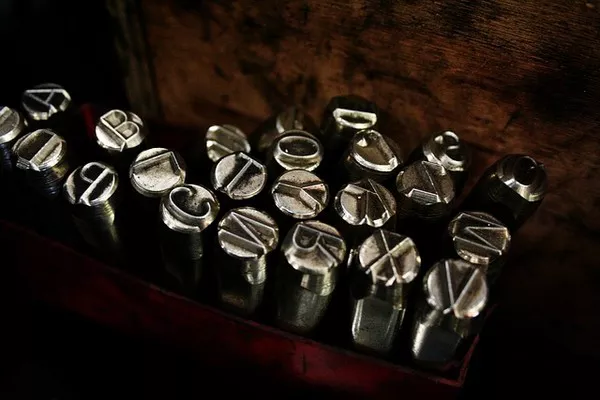In the intricate world of commodities trading, silver holds a prominent position as a precious metal with diverse industrial applications and historical significance. The spot price of silver, the current market price at which silver can be bought or sold for immediate delivery, is subject to a myriad of factors that influence its fluctuations. Traders, investors, and industrial consumers closely monitor these determinants to make informed decisions. This article delves into the primary factors that impact the spot price of silver, elucidating the complex interplay between supply, demand, economic indicators, geopolitical events, and investor sentiment.
Supply and Demand Dynamics
Mining Production and Supply
The fundamentals of supply and demand play a pivotal role in shaping the spot price of silver. Mining production significantly influences the supply side of the equation. As one of the world’s most mined precious metals, silver is extracted from various sources, including primary silver mines, as well as as a byproduct of base metal mining, particularly lead and zinc. Any disruptions or advancements in mining technology can alter the supply dynamics, impacting prices accordingly.
Industrial Demand
Silver’s industrial applications span a wide range of sectors, including electronics, automotive, solar panels, and healthcare. Its conductivity, malleability, and reflectivity make it indispensable in many manufacturing processes. Therefore, industrial demand for silver often mirrors broader economic trends. Economic expansions typically drive higher demand for industrial silver, while downturns may lead to reduced consumption.
Investment Demand
Investment demand for silver encompasses various forms, including physical bullion, exchange-traded funds (ETFs), and futures contracts. Silver’s status as a store of value and hedge against inflation attracts investors during times of economic uncertainty or currency devaluation. Factors such as interest rates, inflation expectations, and geopolitical tensions influence investment demand, thereby affecting the spot price.
Economic Indicators
Inflation and Deflation
Silver, like other precious metals, serves as a hedge against inflation. When inflationary pressures rise, investors often seek refuge in hard assets like silver to preserve their purchasing power. Conversely, during periods of deflation, where the general price level declines, demand for silver may weaken as investors prioritize liquidity over non-yielding assets.
Currency Strength
The value of the U.S. dollar, as the world’s primary reserve currency, exerts a significant influence on the spot price of silver. A stronger dollar typically depresses silver prices, as it makes the metal more expensive for holders of other currencies. Conversely, a weaker dollar tends to lift silver prices, as it enhances the purchasing power of foreign buyers and stimulates demand.
Geopolitical Events
Geopolitical Tensions
Geopolitical tensions and uncertainties can trigger safe-haven demand for silver, similar to gold. Political instability, conflicts, trade disputes, or sanctions imposed on major silver-producing regions can disrupt supply chains and elevate investor concerns, leading to upward pressure on silver prices.
Trade Policies and Tariffs
Silver, as a globally traded commodity, is subject to trade policies and tariffs imposed by various countries. Trade disputes or protectionist measures can disrupt the flow of silver across borders, affecting both supply and demand dynamics. Tariffs on imported silver products can raise production costs for manufacturers, potentially leading to higher consumer prices and increased demand for alternative materials.
Investor Sentiment and Market Speculation
Speculative Trading
The futures market plays a crucial role in determining short-term price movements of silver. Speculative traders, including hedge funds and institutional investors, engage in futures contracts to capitalize on price fluctuations. Market sentiment, influenced by factors such as technical analysis, chart patterns, and momentum indicators, can drive significant short-term volatility in silver prices.
Risk Appetite
Investor sentiment towards risk assets versus safe-haven assets profoundly impacts silver prices. During periods of heightened market volatility or economic uncertainty, investors tend to flock to safe-haven assets like silver, driving prices higher. Conversely, during bullish market conditions, when risk appetite is high, investors may shift their focus towards higher-yielding assets, dampening demand for silver.
See Also Where to Find the Cheapest Gold in the World
Conclusion
The spot price of silver is subject to a multitude of interconnected factors, ranging from supply and demand dynamics to economic indicators, geopolitical events, and investor sentiment. Understanding these determinants is essential for market participants seeking to navigate the complexities of silver trading and investment. While short-term price movements may be influenced by speculative trading and sentiment-driven fluctuations, the long-term trajectory of silver prices is fundamentally rooted in its industrial utility, investment appeal, and broader macroeconomic trends. As such, staying abreast of global developments and market dynamics is imperative for effectively analyzing and forecasting silver prices in the dynamic commodities market.


